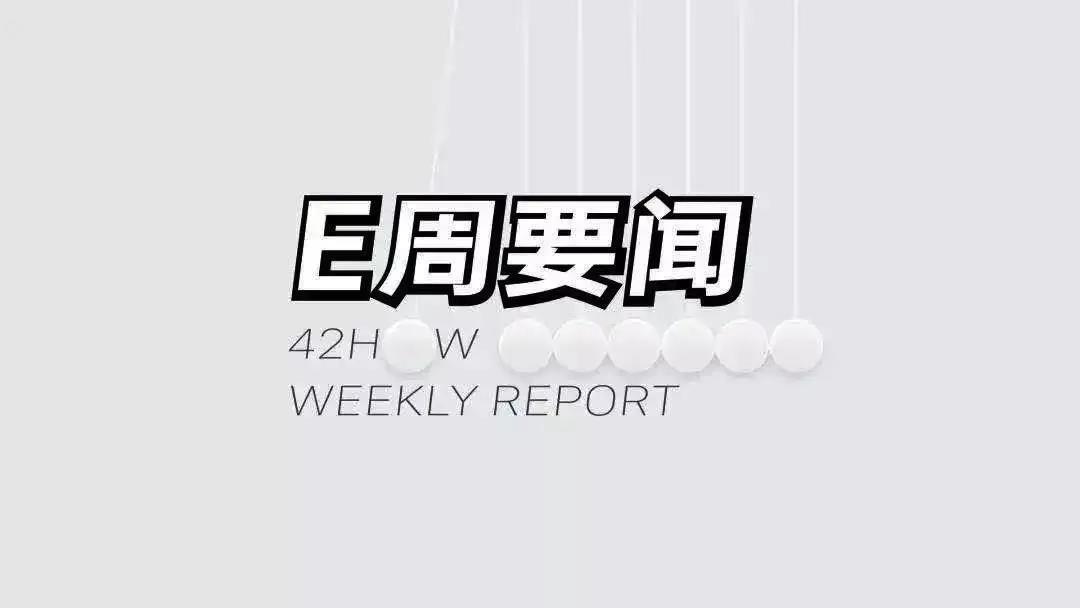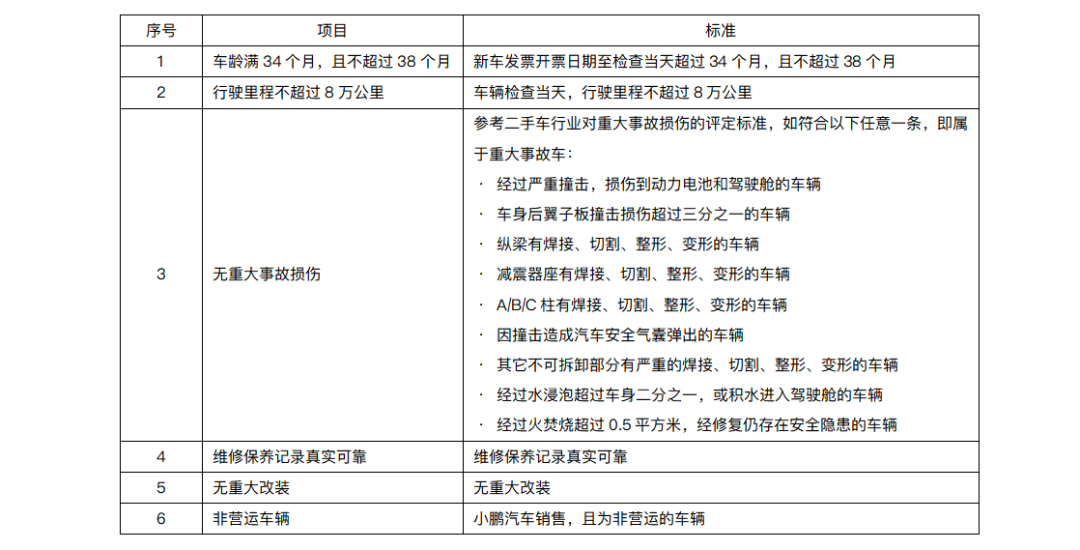Weekly Index
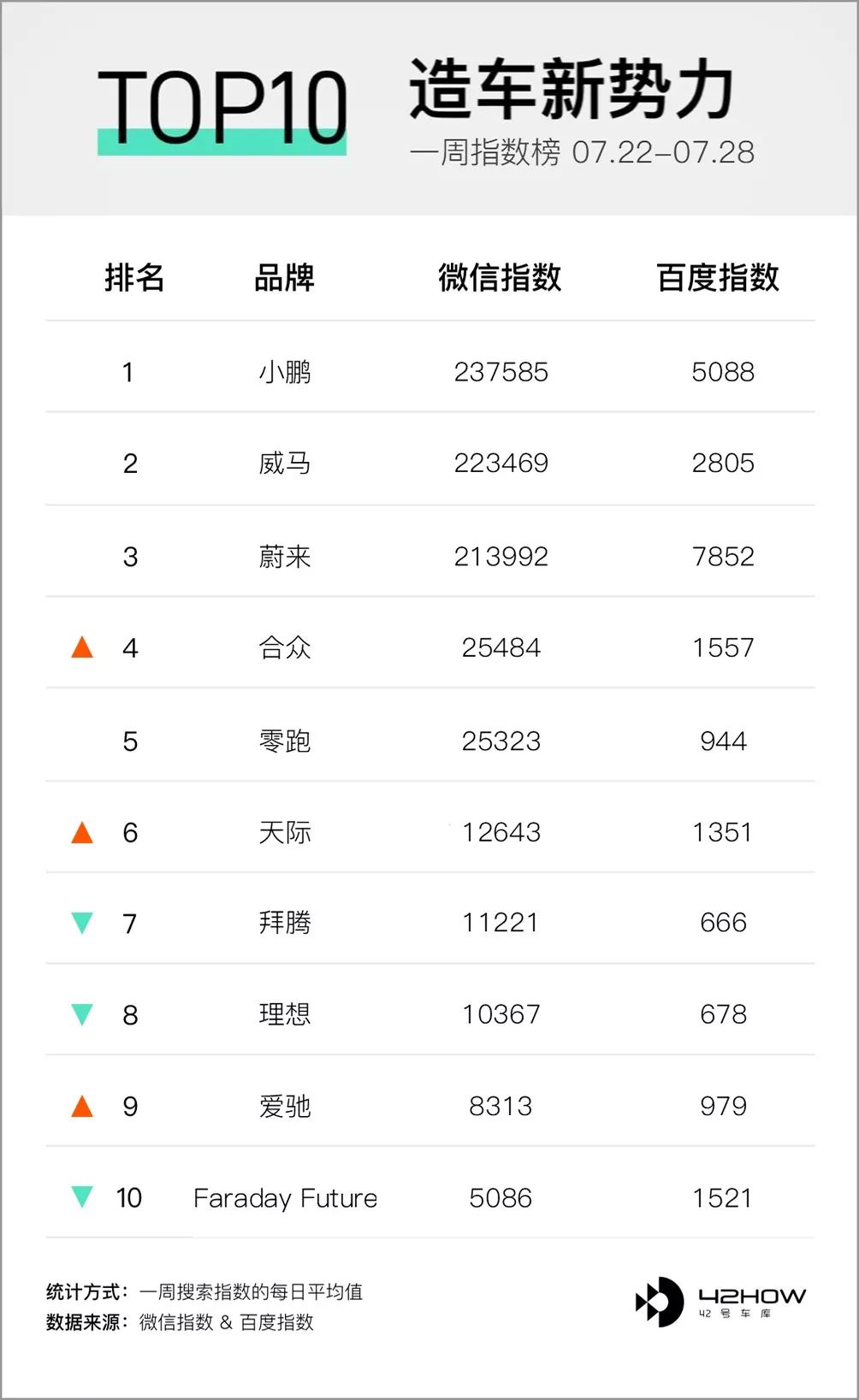
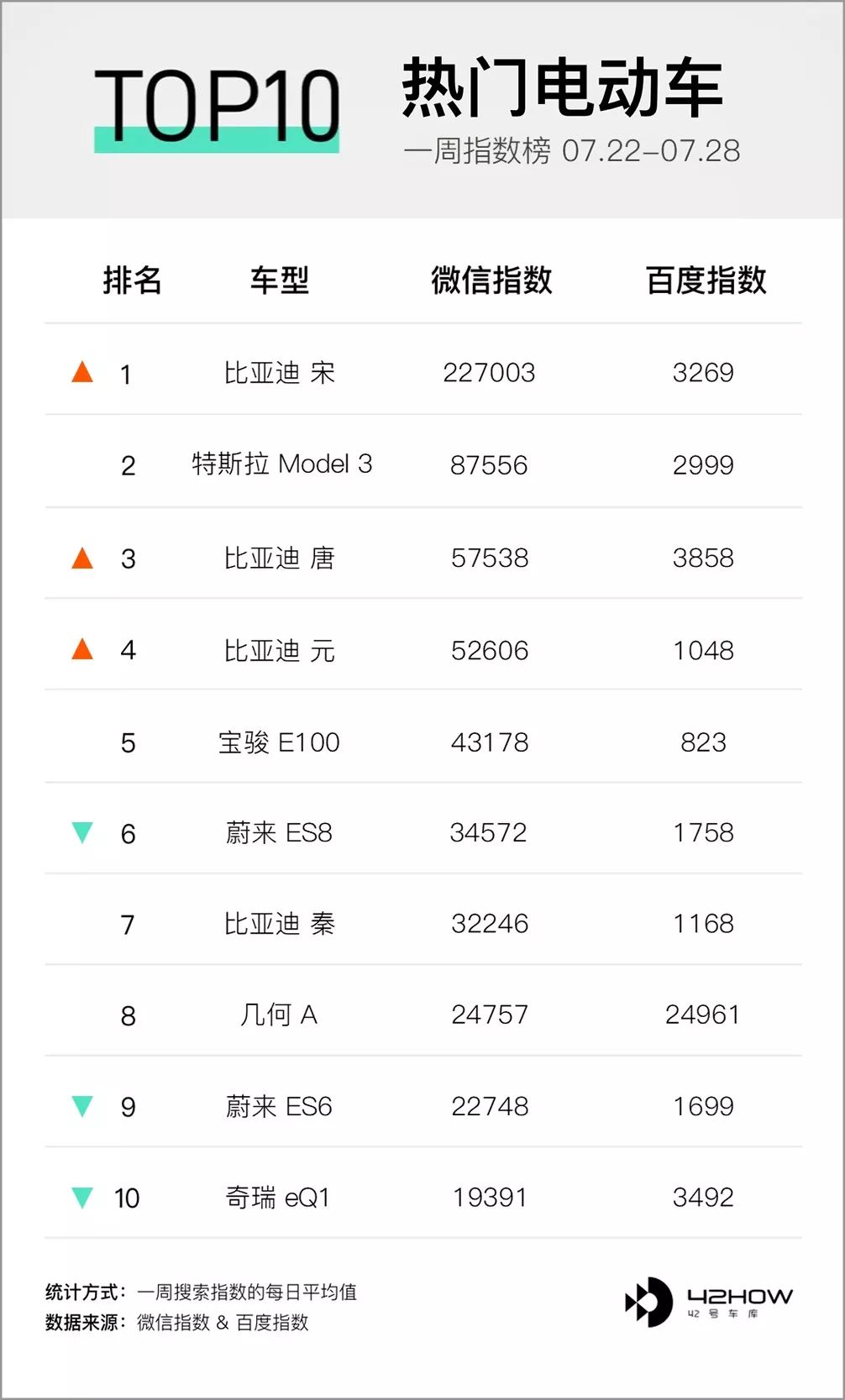
Weekly News
NIO OS 2.1.0 Officially Released by NIO
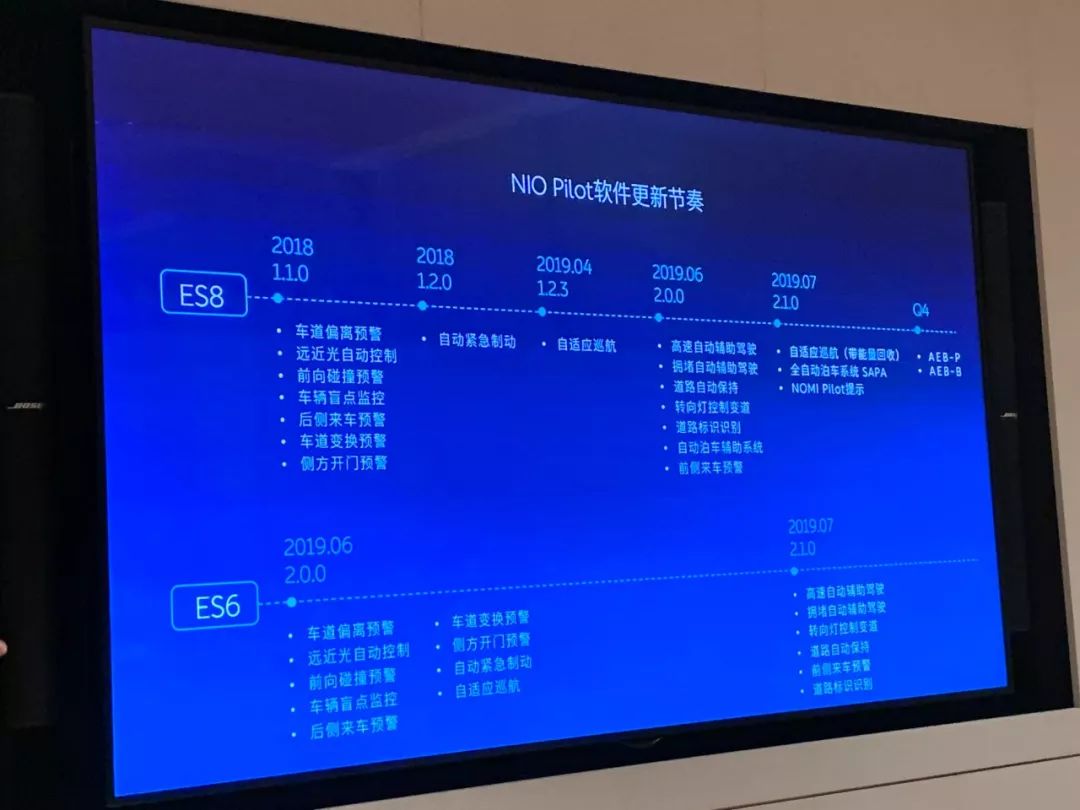
On July 24th, NIO announced the update cycle of NIO Pilot software during a workshop. In July, version 2.1 of the system will be updated, with two main points of attention:
- After ES8 enables ACC, energy recovery will be achieved;
- Auxiliary driving function of ES6 will be opened.
However, it was already July 24th, and it was thought that NIO would delay again. Unexpectedly, on July 28th, NIO announced that NIO OS 2.1.0 version will be rolled out in batches from July 29th.

Quick comment: For electric vehicles, energy recovery is a natural characteristic, which not only brings the logic of single pedal operation but also greatly increases the daily range. Therefore, in the case of ACC, if there is no energy recovery, it will seriously affect the vehicle’s range.
However, many people don’t think that ACC is easily related to energy recovery. Actually not, after enabling ACC, when the vehicle needs to decelerate, the matching of ACC and regenerative braking greatly tests the tuning level of the car companies. If it is not well-matched, it will seriously affect the driving quality.
Although NIO did not achieve energy recovery under ACC status after pushing ACC function from late April, within these short three months, NIO not only pushed NIO Pilot assisted driving system but also achieved energy recovery under ACC status. It can be seen that NIO is well-prepared this time.
XPENG Motors Rolls Out Xmart OS 1.5 Version
On July 28, XPeng Motors announced on its app that the G3 series will soon receive Xmart OS 1.5 version OTA updates.
After the upgrade, the G3 (Smart Edition, Premium Edition) will introduce several new functions such as ALC automatic lane change assistance, TJA traffic congestion assistance, transparent chassis, driver fatigue warning, and driver distraction warning. At the same time, this upgrade also optimizes multiple functions.
Quick Review: The most important updates this time are the TJA traffic congestion assistance and ALC automatic lane change assistance functions. With the help of TJA traffic congestion assistance function, the XPeng G3 finally achieves L2 level auxiliary driving in the full-speed domain, which can greatly help drivers reduce fatigue in congested loops and elevated roads.
The appearance of the ALC automatic lane change assistance function also means that XPeng’s self-developed auxiliary driving system is in the first echelon of L2 level auxiliary driving systems in terms of its functional level. We must say, XPeng really has some impressive skills in this area.
WmAuto EX5 may support battery swapping upgrade.
In mid-June, the Ministry of Industry and Information Technology’s “Catalog of New Energy Vehicle Models Exempted from Vehicle Purchase Tax” (the 25th batch) exposed the WmAuto EX5 500+, which has a new battery capacity of 69 kWh and a NEDC range of 520 km.
Just as some old car owners were worried about the impact of the new long-endurance version of the EX5 on the residual value of their old models, WmAuto officials released two posters last week.
These two posters clearly indicate that the WmAuto EX5 will support battery swapping upgrade services.
Quick review: As we all know, the residual value of electric vehicles is currently very low, and many electric vehicles bought for over 100,000 yuan more than four or five years ago can barely be sold for 10,000 yuan in the second-hand market… This is also one of the important factors affecting consumer’s purchase of electric vehicles.> However, the main reason for the low resale value is that the development of electric vehicles has been too fast in recent years, with a significant increase in driving range. Electric vehicles with shorter driving ranges a few years ago are basically outdated and have almost no practical value.
Therefore, based on the information from these two posters, it appears that the WM EX5 will support battery swapping services. Although it is not yet known how much it will cost to upgrade to the 69 kWh battery pack, at least it gives old car owners a choice. They can have the same driving range as the new model by paying a certain amount.
XPeng Announces New Compensation Plan
Since the launch of the XPeng G3 2020 model, the old car owners have been upset. Although the chairman of XPeng Automotive announced a compensation plan on July 12th, “Starting from today, when a XPeng car owner buys any new car model from XPeng within three years, they will receive an additional 10,000 yuan exclusive subsidy on top of all current promotional policies for new car purchases.”
However, obviously, old car owners are not satisfied. Two weeks later, XPeng Automotive finally announced a new compensation plan, which includes two options:
Option A: Provide 100,000 points, worth 10,000 yuan, which can be used for vehicle maintenance, fast charging, vehicle repair, exchange of high-quality goods, and partial payment for buying a new car for oneself and immediate family members (parents, children, spouse) at XPeng Automotive or its authorized partners.
Option B: “Three years and 60% residual value replacement right” for G3 2019 model car owners, which means that when G3 2019 model car owners purchase any new model car which is currently sold by XPeng Automotive after three years, they have the right to replace their qualified vehicle with XPeng Automotive at 60% of the bare car price in the purchase contract, and pay the difference to buy a new XPeng car.
The G3 2019 model car complies with the industry’s general second-hand car certification standards (shown in the table below):
Quick Comment: With the announcement of the new compensation plan, it can be seen that XPeng is also trying to meet the needs of old car owners. Although option A is more flexible, if old car owners are still willing to trust XPeng, option B is actually more suitable. They just need to pay attention to driving in the future to avoid serious accidents, otherwise it would be like throwing away sesame seeds while picking up watermelons…
Didi and Toyota Expand Cooperation in Intelligent Mobility Services#Toyota and Didi jointly establish a joint venture with GAC Toyota to provide vehicle-related services to ride-hailing drivers, with a capital investment of $600 million from Toyota.
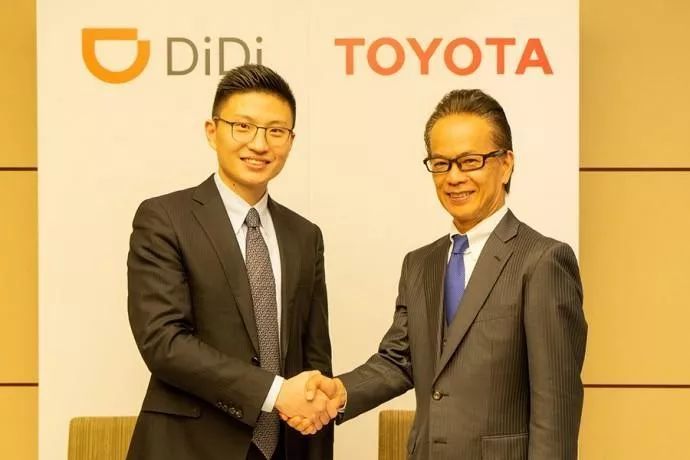
Starting from May 2018, Toyota’s demo dealerships have been providing vehicle rental services to ride-hailing drivers, as well as a variety of vehicle-related services.
Toyota’s “TransLog” system is built into the rental vehicles, using Toyota’s smart connected vehicle information system “Mobile Transportation Service Platform” to assist the maintenance of vehicles through intelligent connected services and to provide ride-hailing drivers with safe driving instructions.
This new agreement will facilitate the deployment of developed services in China, achieve efficient and high-quality ride-hailing services, and contribute to Chinese society.
Comment: With the advancement of technology, our cars are becoming more and more connected and intelligent. Cars in the future may not just be a means of transportation.
Toyota has realized this early on and has gradually transformed from a mere automaker to a supplier of mobile transportation services. China is a fiercely competitive market for transportation, and Toyota’s cooperation with Didi in China is not only a strong alliance, but also complementary advantages. It is evident that Toyota intends to make a big impact in the field.
BAIC Group invests in Daimler
On July 23, BAIC Group announced that it has invested in Daimler AG, holding 5% of the company’s shares to strengthen its long-term strategic cooperation.
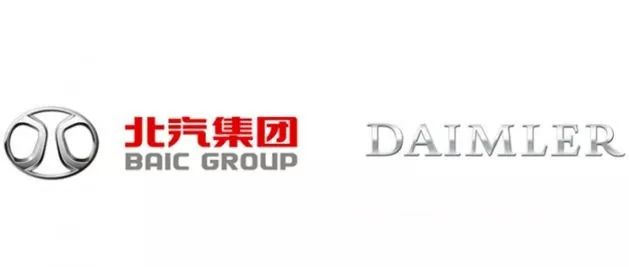 This transaction includes 2.48% of direct holdings and the right to obtain additional voting rights equivalent to 2.52% of the shares.
This transaction includes 2.48% of direct holdings and the right to obtain additional voting rights equivalent to 2.52% of the shares.

This move demonstrates that both parties fully recognize the success of their long-term cooperation in the past, value their common interests, and see the potential for future cooperation. Since 2013, Daimler has owned shares in BAIC Group’s Hong Kong-listed company Beijing Automotive Group Co., Ltd. and has a seat on the board of directors.# Weekly Data
Quick Review:
After Geely’s investment in Daimler, BAIC Group became the third largest shareholder of Daimler Group. It is known that there has been a cooperation between BAIC and Mercedes-Benz for more than 10 years, and the sales of Beijing Benz have been continuously increasing. However, looking at BAIC’s own products, they have always been tepid. It remains to be seen whether the investment in Daimler will bring new platforms and technologies to improve its competitiveness.
Traditional Cars vs OTA
Traditional cars have been around for more than 100 years, while the OTA function of the entire vehicle has only been around for a few years. Many people think that OTA is not secure, or just a remedy for vulnerabilities and deficiencies in online services. Of course, for vehicle upgrades, OTA is more about non-driving experience, and many people don’t care much about it. Therefore, we also want to see everyone’s opinions on the entire vehicle OTA feature.

As we can see from the result, for most Tesla owners, OTA enables continuous evolution of the vehicle. Although each upgrade cannot make the vehicle completely new, with the accumulation of updates over time, the functionality and convenience of the vehicle have improved significantly. Therefore, most car owners who have experienced OTA highly value this feature. In the end, the entire vehicle OTA function brings infinite possibilities to the automotive industry.
Electric Cars vs Gasoline Cars
Last week, a hot topic was “For users who have at least two cars at home, will you still drive the gasoline car after buying an electric car?” We conducted a poll on Weibo and 42 Number Car Garage mini-program.
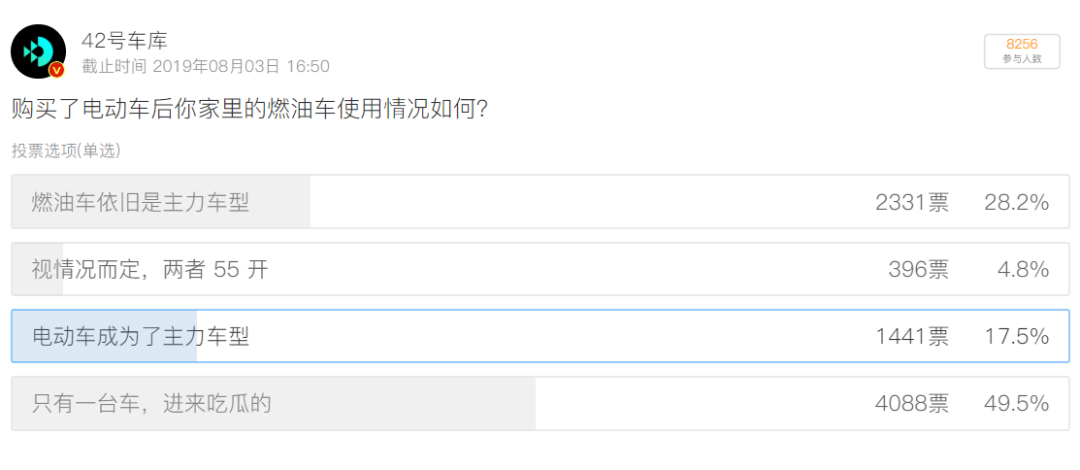
However, due to the imbalanced ratio between real car owners and social media followers, the proportion of gasoline car owners was much higher. Although gasoline cars still remain as the backbone of the market, our mini-program survey showed the opposite result: electric cars are almost always the most commonly used vehicle at home, some car owners even sold their gasoline cars…




This article is a translation by ChatGPT of a Chinese report from 42HOW. If you have any questions about it, please email bd@42how.com.
